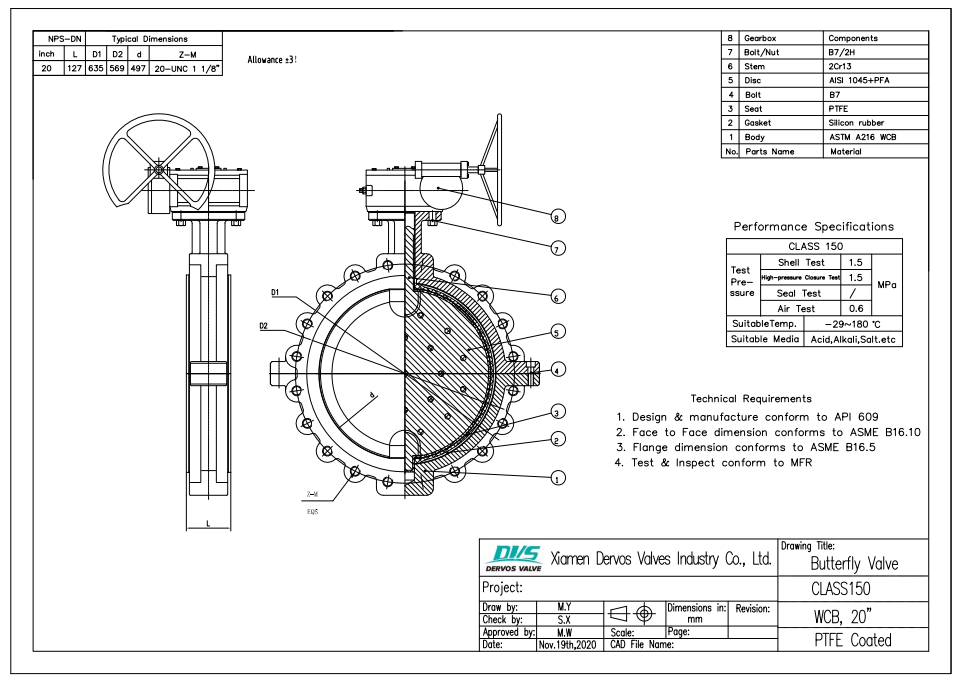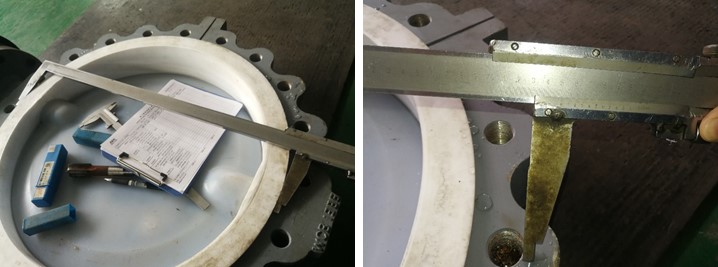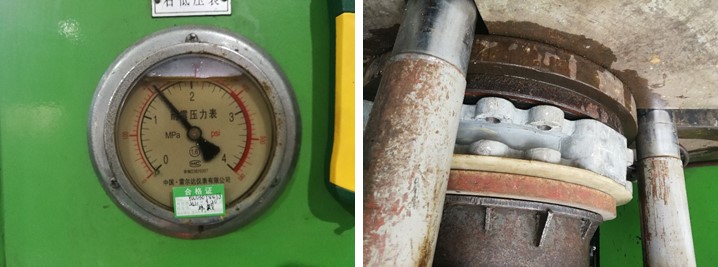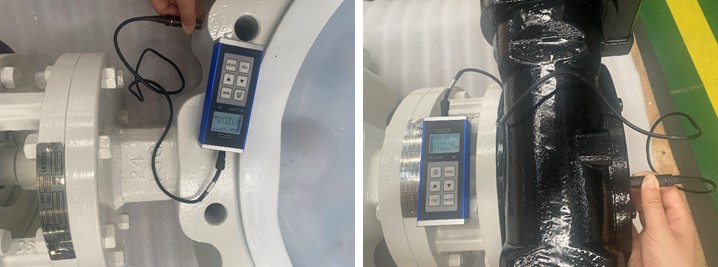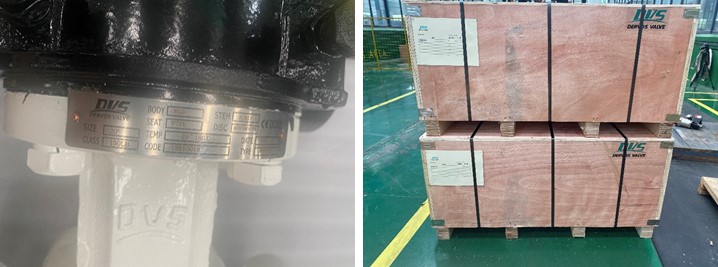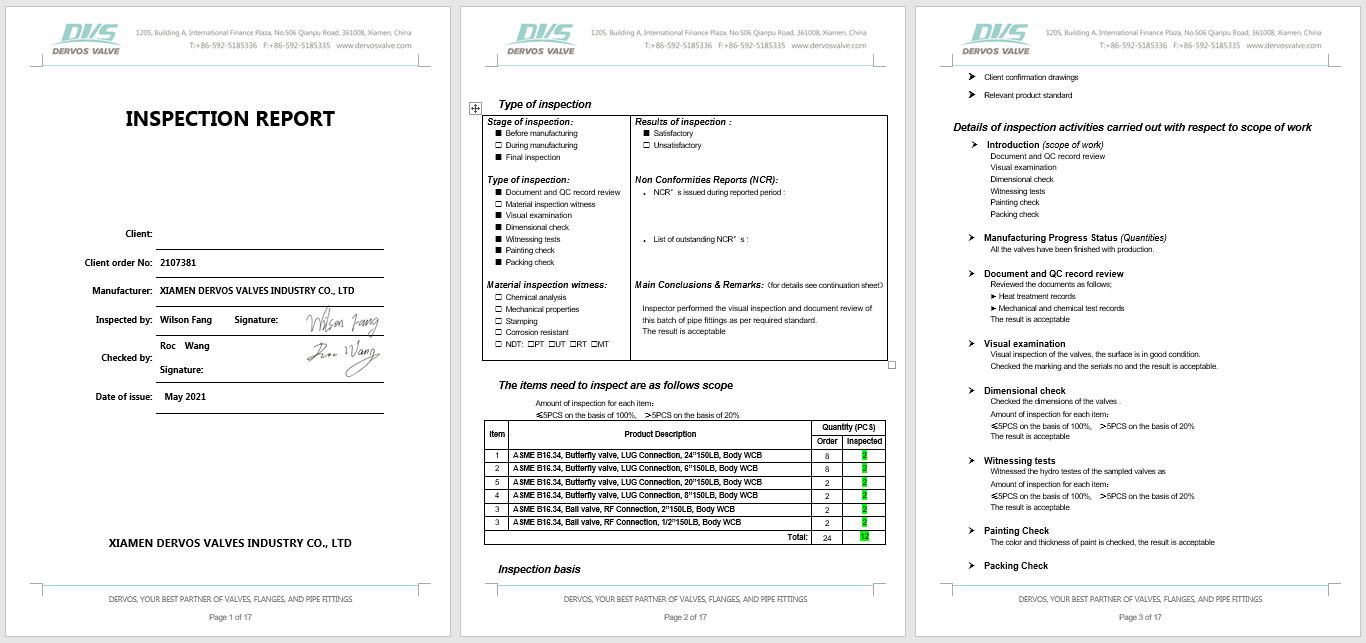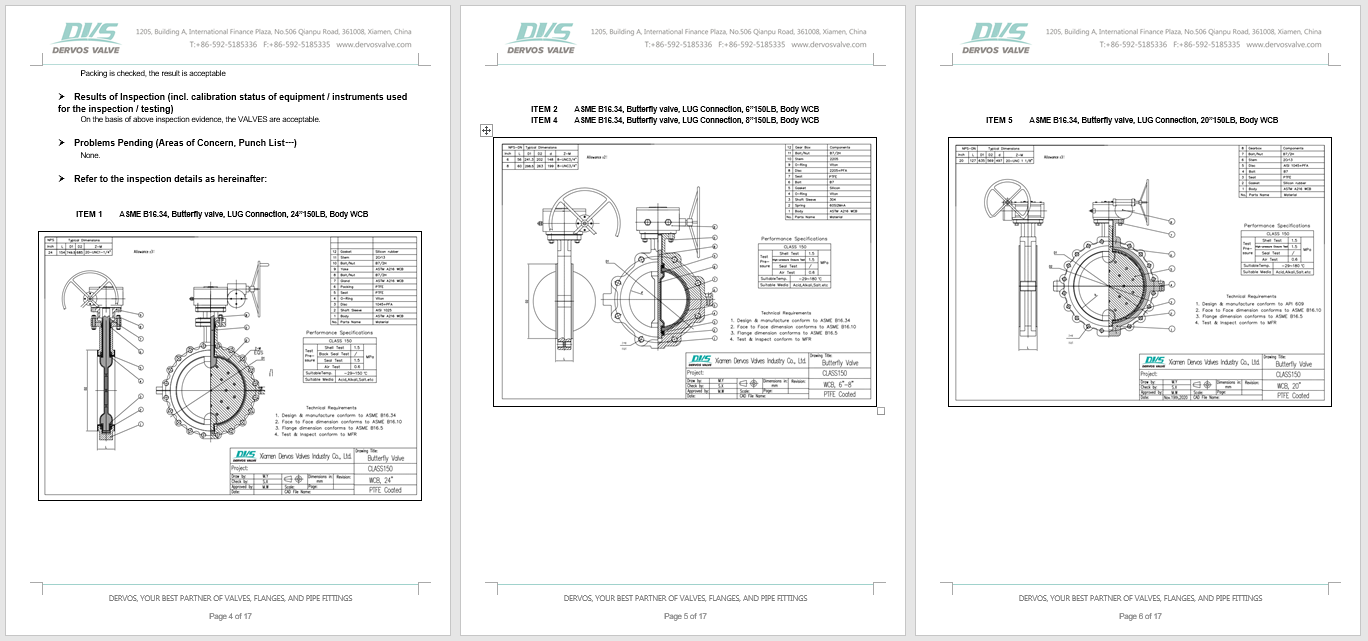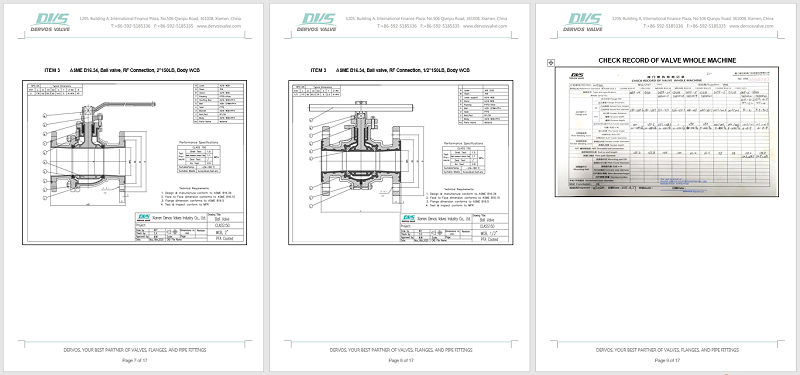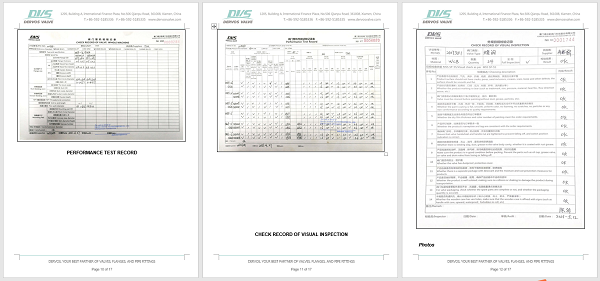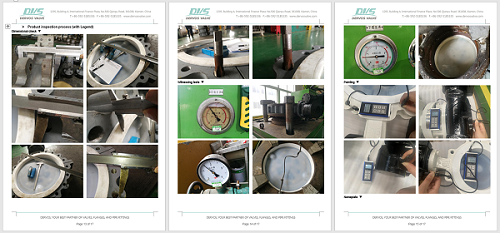Three Common Causes of Valve Leakage and Emergency Remedies
2025-05-28
In industrial production, valves are critical components for fluid control, and their sealing performance directly impacts system safety and stability. Leakage not only reduces operational efficiency but may also lead to fluid escape, posing serious safety risks. This article outlines three common causes of valve leakage and provides corresponding emergency response recommendations to help you quickly identify issues, take action, and mitigate risks. 1. Seal Surface Wear or Damage Cause: During long-term operation, sealing pairs (e.g., valve seat and disc, valve ball and seat) suffer from media erosion, particle abrasion, or corrosion, leading to uneven sealing surfaces and resulting in minor or significant leakage. Emergency Measures: · Minor Leakage: Adjust compression force (e.g., tighten bonnet bolts) to temporarily reduce leakage. · Severe Leakage: Immediately shut down the system to replace or regrind sealing components; replace the entire valve if necessary. Prevention Recommendations: Conduct regular inspections, select valves with appropriate materials and wear-resistant designs. For media containing solid particles, use hard-sealing structures. 2. Packing Aging or Gland Loosening Cause: Valve stem sealing uses packing materials (e.g., graphite, PTFE), which may age, dry, or crack over prolonged use. Temperature fluctuations can also cause gland loosening, leading to leakage at the packing box. Emergency Measures: · Tighten packing gland bolts to increase packing compression. · If ineffective, add or replace packing material. · Avoid over-tightening to prevent increased operating torque or stem damage. Prevention Recommendations: Regularly replace packing; select materials compatible with the media and operating temperature. For critical equipment, consider spring-loaded packing glands. 3. Casting Defects or Corrosion Perforation in Valve Body/Bonnet Cause: Some low-quality valves have casting defects such as sand holes or shrinkage cavities. Prolonged exposure to corrosive media can cause localized perforation of the valve body, resulting in uncontrollable leakage. Emergency Measures: · For small leaks, temporary repairs using metal adhesives or cold welding are possible. · Large-scale damage requires immediate valve replacement. · For high-pressure or toxic/hazardous media, no pressurized repair is allowed; follow shutdown procedures strictly. Prevention Recommendations: Purchase valves from reputable manufacturers; use corrosion-resistant materials (e.g., 304/316L stainless steel). Perform regular wall thickness inspections on critical pipelines. Common Questions & Answers (Q&A) Q1: Can all valve leaks be fixed by replacing packing?A: No. Packing replacement is effective only when leakage is due to packing aging or gland loosening. If the leakage stems from seal surface or valve body damage, other me...
